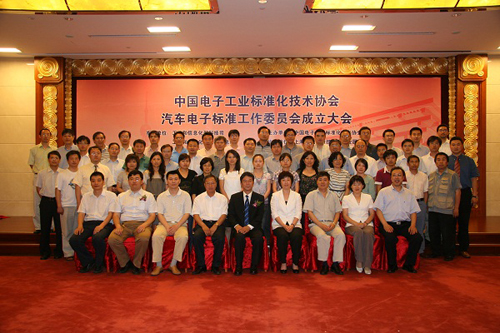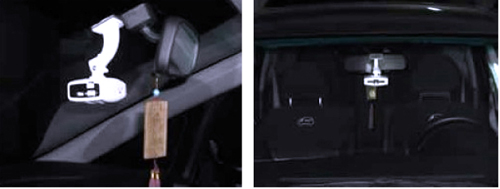Auto Accessories Can Literally Add Value to Price Tags
2011/08/26 | By Michelle Hsu
The Gucci Fiat 500C is clearly an attempt to sell cars with brand appeal, also celebrating anniversaries of the established Italian carmaker and haute couture label, by targeting brand-conscious female buyers. The purse-sized car has the Gucci logo embossed in the headrest, non-slip seat-center, in addition to the standard Blue&Me system as well as parking sensors, leather-wrapped steering wheel, and CD/MP3 media player.
Branding
While branding a Fiat with Gucci clearly targets a niche segment looking for easy commuting with wow factor, accessorizing cars is the timeless way to add value; however most car accessories achieve safety, comfort mostly and increasingly offers entertainment value. The Fiat 500C can be optioned with Thule SliderBar, the Swedish winner of the German red-dot award for this year, which is a roof-mounted rack easily pulled out to carry larger luggage.
The Thule SliderBar basically enlarges the roof carrying capacity to hold a bicycle or other gear. Coincidently, Mitsubishi Motors has introduced this year a new car with a foldable bicycle that can easily fit inside the trunk, making life easier for cyclists and urban commuters parked too far to walk from office.
Philips, the globally renowned home appliance maker, is also entering the auto accessory business this year with its air purifier, which is designed to refresh air inside the cabin to make driving more pleasant.
The 4C
The 4C or automotive electronics, as the bigger auto sector that can generate opportunities to develop upstream material and parts industries, are typically devices that use modern electronic technologies to make driving more convenient, safe, comfortable and nowadays satisfy demand for infotainment on-the-go. The name is derived in sequence after 3C for computers, communications, and consumer electronics.
Examples of popular auto electronic devices include lane departure warning systems, forward collision warning systems, wide-angle camera modules, image sensors, and drive or trip recorders.
The drive recorder basically records the trip of vehicles as they travel, with the stored data being potentially decisive evidence in case of accidents. The single-cam recorder captures the view to the front of vehicles and the dual-cam systems driver and passengers, as well as offering map, temporal functions and traffic-accident reconstruction.
Lane departure warning systems warn drivers when vehicles wander beyond lanes, able to minimize accidents that are mostly caused by human errors as distractions and drowsiness. In 2009, the U.S. National Highway Traffic Safety Administration (NHTSA) began studying whether to mandate lane departure warning system on automobiles.
Auto Electronics Standardization
As the automobile market has sped ahead in China in the past decade, so has the nation witnessed tremendous business opportunities created incidental to related sectors, especially auto electronics. So much so that the China Electronics Standardization Association (CESA) set up the Auto Electronics Standardization Commottee (AESC) in June 2010 to handle national standardization of auto electronics as a requisite for the development of China's auto electronics industry.
“A major goal of the AESC is to develop an Internet link combining auto electronics and communication technology as the optimal way to overcome traffic-related problems as gridlock and parking,” said Hao Fei, its secretary general.
According to the International Data Corporation (IDC), a Massachusetts-headquartered market research and and analysis firm specializing in information technology, telecommunications, and consumer technology, the global auto electronics market could generate value of US$34.22 billion in 2011. “With China taking only a 4% slice of the global auto electronics market, one can reasonably assume there remains great potential for the industry,” Hao says, citing the IDC's data.
The AESC is compsoed of companies and related research institutes in China including First Automotive Works (FAW), Dong Feng Motor (DFM), Changan Automobile Group, Qiming Information technology Co., Hang Sheng Electronics (HSAE), Shanghai SIIC Transportation Electric Co. (STEC), as well as China Electronic Standardization Institute (CESI), with Hao being the head of the auto electronics division of SAIC Group.

The CESI, founded in 1963, is a research institute for electronics standardization under China's Ministry of Industry and Information Technology (MIIT), playing a significant role in executing the MIIT's promotional policy related to electronics standards and applications in China.




